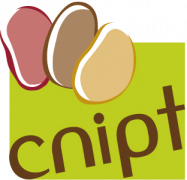Abstract
This research aims to analyse the performance of two varieties of potato (K. Jyoti, K. Himalini) derived from four plant sources (stem cuttings, in vitro plants, apical rooted cuttings, and sprouts from minitubers) grown using aeroponics to demonstrate their potential as a seed potato source. The genotype (cultivar) and material type for planting (plant origin) had a significant impact on the total number of minitubers generated by the plant, minituber mass, and the overall production of potato growth that takes place in the aeroponic system. Depending on the plant sources, the pattern of distribution of minituber formation was different between the varieties. However, early tuberization was recorded in all plant sources except in vitro plants. Most of the productive traits, like the number of harvests and number of tubers per plant, were much greater in plants generated in vitro, allowing for the full use of plants for minituber production in aeroponic setups. This indicates that in vitro plantlets have the potential to give a viable planting material for seed potato tuber production under aeroponics.















